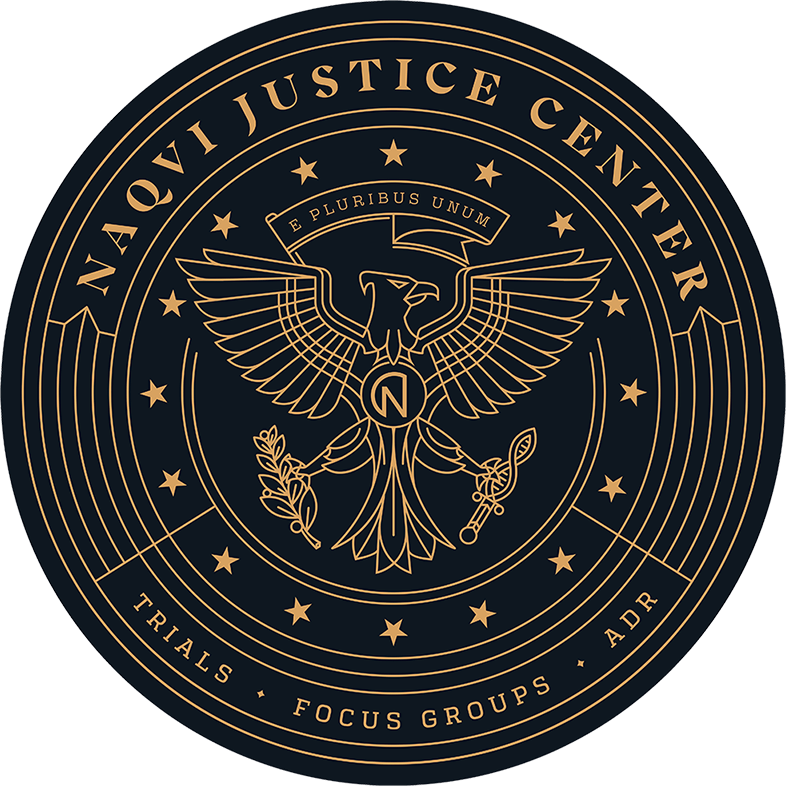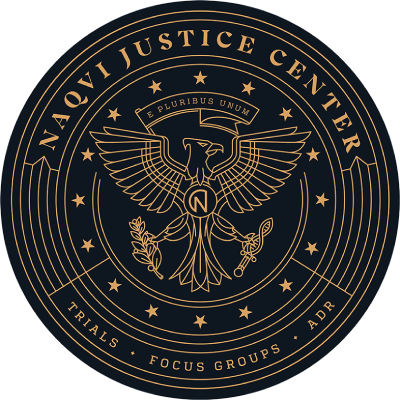About two weeks after a near-fatal hit-and-run crash confined her to a hospital, 51-year-old Anibal William Cabrejos-Villarroel succumbed to her wounds.
The collision occurred as Ms. Cabrejos-Villarroel pushed a shopping cart along East Desert Inn Road near the South Topaz Street intersection. Investigators believe that the tortfeasor (negligent driver), who had fled the scene before first responders arrived, drove a red compact car, possibly a Ford Fusion. However, they have no additional leads as to the tortfeasor’s identity.
Ms. Cabrejos-Villarroel was initially in critical but stable condition and doctors were cautiously optimistic that she might pull through, but despite their best efforts, her condition continued to deteriorate.
Wrongful Death Cases in Nevada
In addition to the general principles of negligence law, some of which are discussed below, Nevada’s wrongful death statute governs these kinds of actions. To file a claim for damages, a plaintiff must be:
- The legal personal representative named in the decedent’s will,
- Surviving spouse, child, or domestic partner of the decedent, or
- Decedent’s parent, if there is no surviving child.
In some cases, other people who depended on the decedent for support, such as stepparents or stepchildren, also have the ability to file damage claims.
In general, any death that involves someone else’s wrongful or negligent conduct is a wrongful death. Some common causes include:
- Poisonings: Several years ago, drug overdoses and other poisonings overtook motor vehicle crashes as the leading cause of injury-related death in the United States.In the last few months, many lawsuits have appeared which alleges that Purdue Pharma and other prescription pain pill manufacturers sold addictive medicines to unsuspecting victims and thereby caused their subsequent drug overdose deaths.
- Suicide: In many cases, a negligent episode, such as an incorrect drug prescription, begins a chain of events that later ends in tragedy.
- Motor Vehicle Crashes: The second impact in a crash, when the victim’s body strikes a fixed object in the passenger compartment or when unsecured items hit them in the head at high speeds, causes most collision-related wrongful deaths.
Falls also kill many people, especially older individuals.
The law limits damages in wrongful death cases to pecuniary losses, a term that’s broadly defined to direct economic losses, such as funeral expenses and final medical expenses, indirect economic losses, such as lost inheritance, some direct noneconomic losses, such as the decedent’s pain and suffering, and some indirect noneconomic losses, such as lost parenting ability. Wrongful death plaintiffs generally cannot recover money for their own grief and other emotional losses.
Foreseeability
The claimed loss must be a foreseeable consequence of the tortfeasor’s conduct or misconduct. This rule comes from Palsgraf v. Long Island Railroad. A passenger dropped a package of fireworks which exploded and created a shockwave that knocked a large scale onto the victim. The court eventually ruled that the railroad company was not responsible for the victim’s injuries because her loss was not a foreseeable consequence of the dropped fireworks.
Therefore, if a person is injured in a car crash and later dies, the death is a foreseeable result of the car crash unless there was an independent intervening cause, such as a doctor’s negligence. Furthermore, pursuant to the eggshell skull rule, the tortfeasor is liable for the full measure of damages even if the victim had a pre-existing medical condition which the car crash or other incident aggravated.
Reach Out to an Assertive Attorney
Whether the victim dies at the scene or at the hospital, substantial compensation may be available. For a free consultation with an experienced personal injury lawyer in Las Vegas, contact Naqvi Injury Law. We routinely handle matters in Clark County and surrounding jurisdictions.

